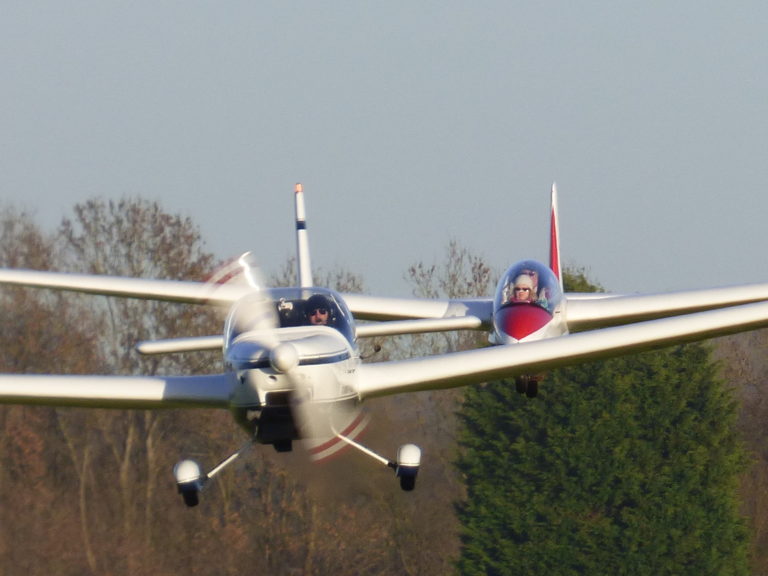Motorgliding
Gliders – otherwise known as sailplanes – have a variety of methods of getting airborne. One of these methods is self-launch using a suitable engine.
Motor gliders sit under three definitions in UK regulation. The UK Basic Regulation describes Self-Launching Sailplane (for example a DG400) and Touring Motor Glider (for example a G109B).
The UK ANO describes both self-launching sailplanes and TMGs under a different, legacy national definition, i.e. Self Launching Motor Glider, referred to commonly as ‘SLMG’.
Pilot Training
The BGA standardises motor glider training alongside other sailplane training, with the focus on SFCL TMG training, i.e. SPL TMG extension.
SFCL pilot training detail is available here
Aircraft used for SPL TMG training
A TMG used for TMG training must hold either a valid ARC or NARC and be assessed by the BGA DTO as suitable for TMG training. Clubs or instructors can contact the BGA for advice and ‘approval’.
Pilot licence conversion
SPL conversion detail is available here.
Safety
Motor gliders have unique features which make them excellent for teaching field landings but require careful attention by all pilots and instructors. Read more here.
Maintenance
Airworthiness and Maintenance guidance is available here.
Resources
General field-landing information
Flying microlight self-launching sailplanes
The following explanation may be helpful.
Non-Part 21 aircraft are flown in the UK under UK national requirements, ie the ANO 2016.
‘SLMG’ as referred to in the ANO 2016 includes both Part-21 and non-Part 21 examples of the same unless otherwise stated, and that when an aircraft meets the SLMG definition, it is an SLMG.
‘Sailplane’ includes powered sailplanes.
A ‘glider’ is a ‘sailplane’.
In 2014, the CAA was asked to interpret the law and noted in an information notice (IN 2014/139 which following the publication of the ANO 2016 was removed. However, the interpretation remains valid) that an SLMG is ‘an aircraft with the characteristics of a non-power driven glider, which is fitted with one or more power units and is designed or intended to take off under its own power’. An example noted by the CAA in 2014 is a self-launching microlight aircraft which meets the following criteria;
- 3 axis primary flying controls
- Wingspan of at least 11 metres
- Wing mounted airbrakes or spoilers
- Designed for soaring flight
An example is the Silent Electro.
The CAA noted in 2014 that a UK SLMG class rating is equivalent to a powered sailplane endorsement established under EU regulations. Therefore the LAPL(S) and SPL (with valid self-launch or TMG privileges) are valid for the equivalent UK SLMG. The CAA warned in 2014 that the LAPL(S) and SPL are not valid for microlight aircraft that are not SLMGs.
